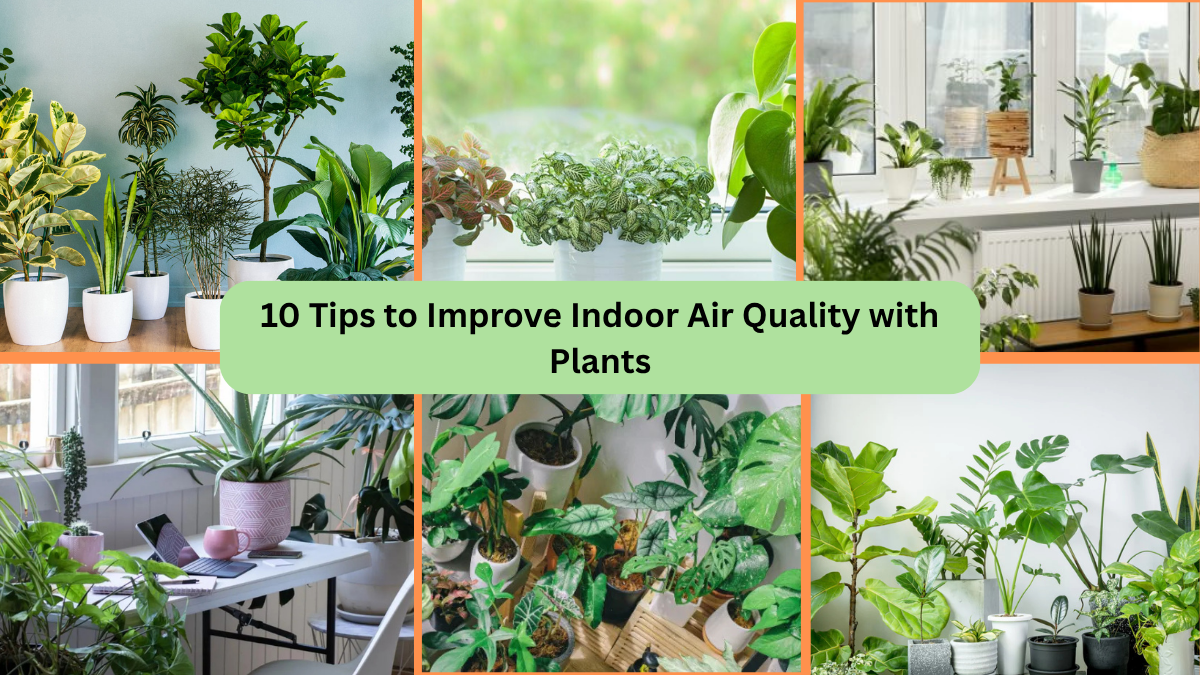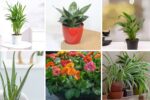Indoor air quality plays a crucial role in our health and well-being. While most people think about air purifiers or ventilation systems when it comes to freshening up indoor air, houseplants offer a natural, beautiful, and effective way to improve the air you breathe every day. Certain plants act as natural air filters, removing toxins, increasing humidity, and boosting oxygen levels.
If you want to breathe cleaner, fresher air and add a touch of green to your living or working space, incorporating the right plants and caring for them properly can make a significant difference. Here are 10 tips to improve indoor air quality with plants — whether you’re a plant enthusiast or just starting your indoor jungle journey.
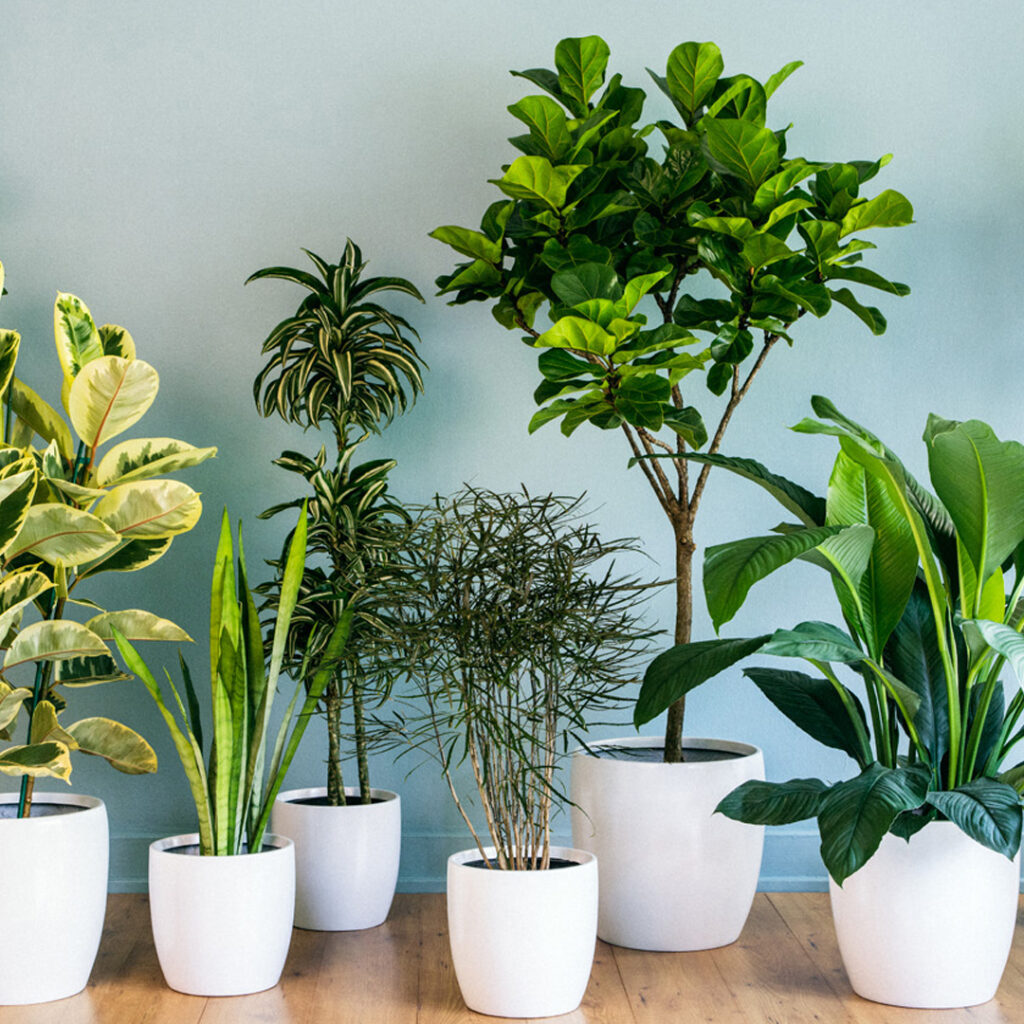
1. Choose Air-Purifying Plants Known for Their Effectiveness
Not all houseplants have the same ability to improve air quality. Some have been scientifically proven to remove harmful pollutants like formaldehyde, benzene, trichloroethylene, and xylene from the air.
- Top Air-Purifying Plants:
- Spider Plant (Chlorophytum comosum): Excellent at removing formaldehyde and carbon monoxide.
- Snake Plant (Sansevieria trifasciata): Produces oxygen even at night and filters benzene and formaldehyde.
- Peace Lily (Spathiphyllum): Removes mold spores and volatile organic compounds (VOCs).
- Boston Fern (Nephrolepis exaltata): Humidifies air and filters out pollutants.
- Areca Palm (Dypsis lutescens): Great natural humidifier and air cleaner.
Start your indoor garden with these star air-purifying plants for the best effect.

2. Increase Plant Quantity for Maximum Air Benefits
Research by NASA and other institutions shows that to effectively purify indoor air, you need a fair number of plants per room.
- Aim for one medium-sized plant per 100 square feet of indoor space.
- More plants means greater surface area of leaves and roots to absorb pollutants.
- Group plants together to create a mini indoor forest that can significantly boost oxygen and humidity.
Don’t be shy about filling your space with plants — the air and your mood will thank you.
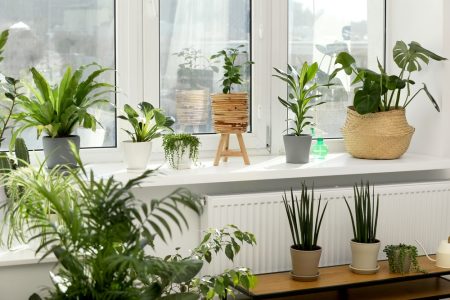
3. Use a Variety of Plants for Different Pollutants
Each plant species targets different types of toxins, so a mix of plants ensures a broader purification spectrum.
- Combine leafy plants, flowering plants, and ferns for diversity.
- For example, peace lilies excel at reducing mold spores, while spider plants excel at removing carbon monoxide.
- Including a mix also benefits indoor biodiversity, which can improve your overall indoor ecosystem.
This variety creates a more effective and balanced air-cleaning environment.
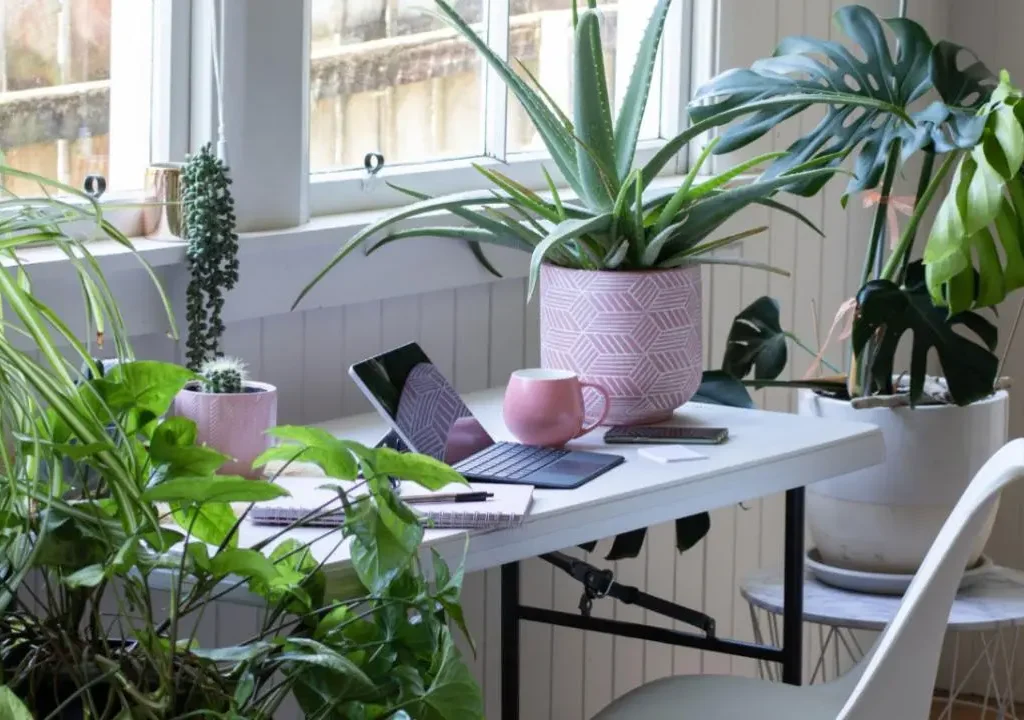
4. Ensure Proper Lighting to Keep Plants Healthy
Healthy plants purify air better. Light is essential for photosynthesis, which enables plants to convert CO2 into oxygen.
- Place plants in areas with bright, indirect light to mimic their natural environment.
- Some plants like snake plants and pothos tolerate low light but generally thrive better with moderate light.
- Avoid direct harsh sunlight that can scorch leaves and reduce their efficiency.
Rotate plants periodically to ensure even light exposure and healthy growth.

5. Maintain Ideal Indoor Humidity with Plants
Many air-purifying plants naturally release moisture through transpiration, which can increase indoor humidity levels.
- Ideal indoor humidity is between 40% and 60%.
- Plants like Boston fern and areca palm are especially good natural humidifiers.
- Proper humidity helps reduce airborne viruses, prevents dry skin and respiratory issues, and makes the air feel fresher.
If your home is very dry, cluster moisture-loving plants together or place water trays nearby.

6. Regularly Clean Plant Leaves to Maximize Air Absorption
Dust and grime can accumulate on plant leaves, blocking sunlight and reducing their ability to purify air.
- Wipe leaves gently with a damp cloth or give plants a gentle shower every 2-3 weeks.
- For plants with fuzzy leaves, use a soft brush to avoid damaging the surface.
- Clean leaves improve photosynthesis efficiency and keep plants vibrant.
Clean leaves mean plants work harder for you by absorbing more toxins.
7. Avoid Overwatering and Poor Drainage to Prevent Mold Growth
Overwatering houseplants can lead to root rot and create mold or mildew problems, which negatively impact indoor air quality.
- Water plants only when the top inch of soil feels dry.
- Ensure pots have drainage holes and use well-draining soil.
- Remove any standing water from trays and saucers to prevent fungal growth.
Healthy roots promote healthy foliage and better air purification.
8. Use Natural, Organic Potting Mixes and Fertilizers
Chemical fertilizers and synthetic soils can emit volatile organic compounds (VOCs) that worsen indoor air quality.
- Choose organic potting mixes enriched with compost or coconut coir.
- Use slow-release or natural fertilizers like worm castings or fish emulsion.
- Avoid pesticides and herbicides, opting for natural pest control methods instead.
Healthy soil means healthier plants that enhance your air without adding toxins.
9. Rotate Plants Occasionally to Prevent Stagnant Air Spots
Stagnant air around plants reduces their ability to circulate fresh oxygen in your space.
- Move plants around every few weeks to different locations to refresh air flow.
- Open windows regularly to allow fresh air to circulate, helping plants detoxify the indoor environment more effectively.
- Use a small fan to increase air movement if your space is very enclosed.
Better air circulation means your plants can do their job more efficiently.
10. Consider Adding a Plant Wall or Vertical Garden
If floor or tabletop space is limited, a vertical garden or living wall maximizes the number of plants indoors.
- Vertical gardens can include a mix of air-purifying plants to dramatically improve indoor air.
- They are visually striking and boost oxygen production.
- Plant walls also help regulate temperature and reduce indoor noise pollution.
This innovative approach brings nature indoors on a larger scale for superior air quality benefits.
Bonus: Common Mistakes to Avoid When Using Plants for Air Quality
- Ignoring plant care: Neglected or unhealthy plants do not purify air effectively.
- Relying solely on plants: While plants help, use them alongside other ventilation and filtration methods.
- Overcrowding: Too many plants in a small space can reduce airflow and increase humidity excessively.
- Using toxic plants: If you have pets or children, avoid plants that are toxic when ingested, such as philodendrons or peace lilies.
Proper plant care combined with smart placement ensures the best air-cleaning results.
Final Thoughts: Breathe Easy with Plants
Improving indoor air quality with plants is a natural, sustainable, and aesthetically pleasing way to create a healthier living or working environment. By carefully selecting the right air-purifying plants, maintaining their health, and optimizing your indoor space, you can breathe easier and enjoy a greener, more vibrant atmosphere.
Start small, grow steadily, and watch how these green allies transform your indoor air and your mood, one leaf at a time.
